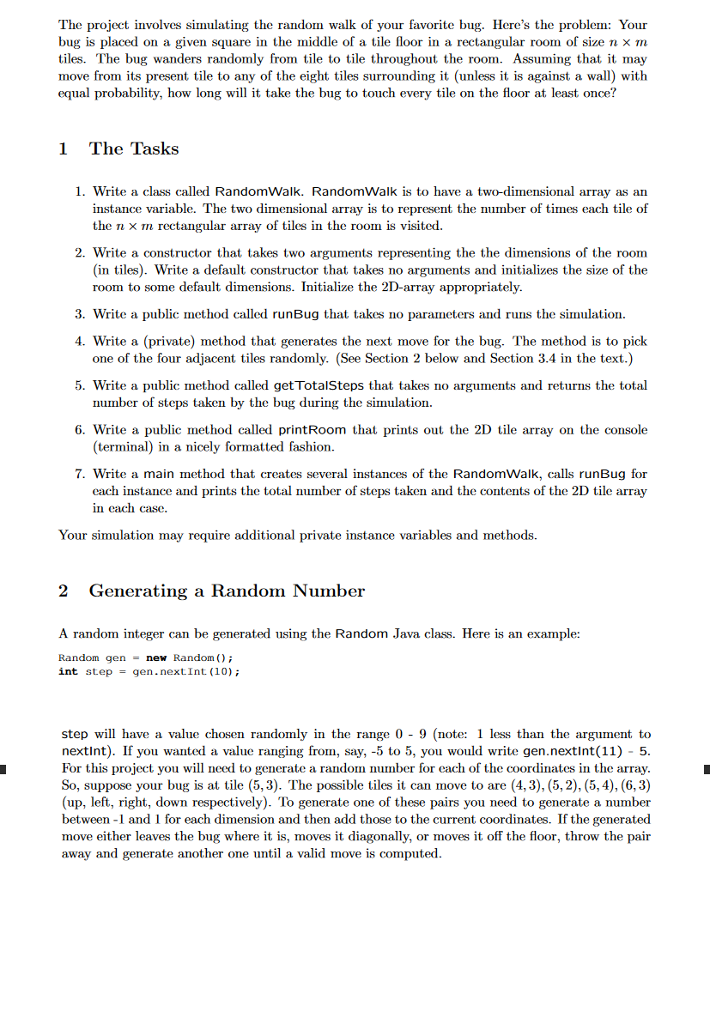Answered step by step
Verified Expert Solution
Question
1 Approved Answer
If this requires too much work to answer then just providing an outline or part of it would be extremely helpful. Thank you so much!
If this requires too much work to answer then just providing an outline or part of it would be extremely helpful. Thank you so much!
Step by Step Solution
There are 3 Steps involved in it
Step: 1

Get Instant Access to Expert-Tailored Solutions
See step-by-step solutions with expert insights and AI powered tools for academic success
Step: 2

Step: 3

Ace Your Homework with AI
Get the answers you need in no time with our AI-driven, step-by-step assistance
Get Started


